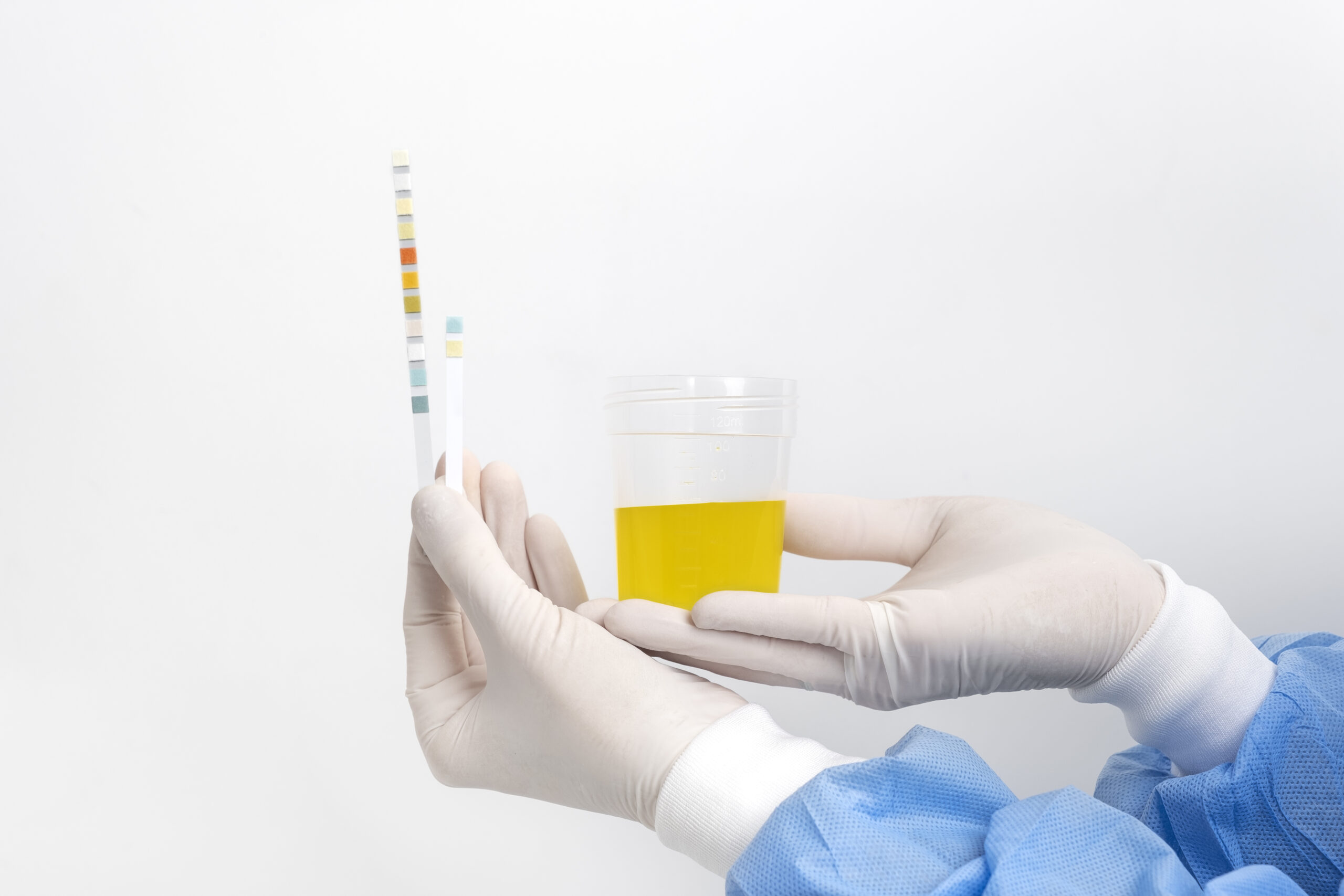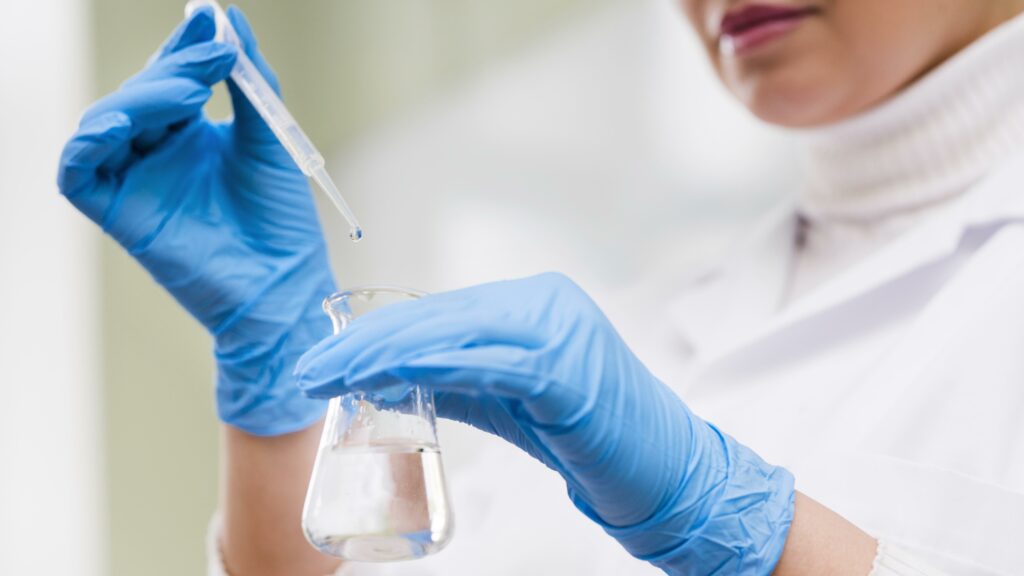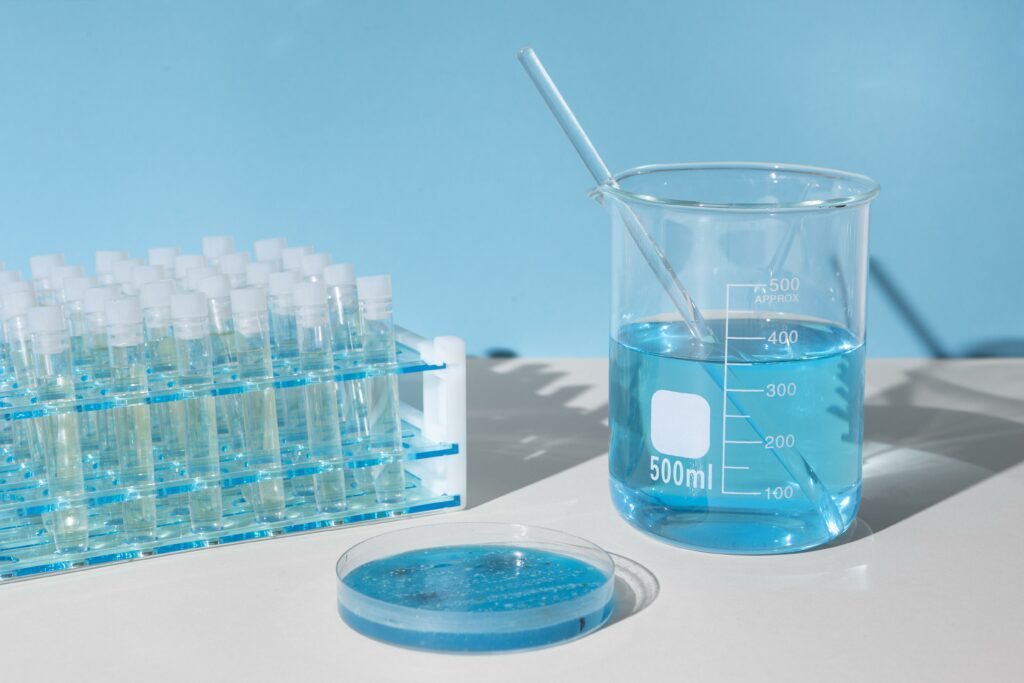Water testing kits are essential tools for ensuring and testing the safety and quality of water samples for your drinking water. Whether you use tap water, well water, or bottled water, you need a water test kit. Discover the quality of your water source with a comprehensive testing kit expertly crafted by water quality specialists. Uncover the presence of contaminants, heavy metals, and pollutants, empowering you with invaluable knowledge about the water you consume. We will show you how to verify the water quality with a water test kit and how to choose the best one for your needs.
Is your water safe? Testing your water at home is as easy as dunking a test strip
Water is essential for life, but how do you know if the tap water you drink is safe and healthy? You might think that tap water is regulated and tested by the government, but that’s not always the case. According to the Environmental Working Group, more than 250 contaminants have been detected in U.S. drinking water, some of which are linked to cancer, hormone disruption, and neurological damage. Bottled water is not necessarily better than tap water either, as it can be contaminated by plastic chemicals and microplastics.
The best way to ensure that your water is safe and clean is to test it yourself at home. You don’t need expensive equipment or complicated procedures to do this. All you need to love clean water yourself is a simple water bacteria test or kit that can measure various parameters of water quality, such as pH, water hardness, total chlorine used, lead, bacteria, pesticides, and more. These drinking water bacteria test strips and kits are easy to use, affordable, and accurate. You can get instant results from two bacteria tests by just dipping a used bacteria test, tube, or strip into a water sample and comparing the color changes with a color chart.
How to Use the Varify Water Test Kits
One of the best water test kits on the market is the Varify Water Test Kit. This kit comes with 16 test strips that can detect 16 different contaminants in your water, including lead, iron, copper, nitrate, nitrite, fluoride, chlorine, bacteria, and more.
The testing kit also includes a free smartphone testing app that can scan your test results quickly and provide you with detailed reports and recommendations.
To use the Varify Water Test Kit, follow these simple steps:
- Fill a clean glass with water from the source you want to test. Make sure the water is at room temperature and has not been treated with any filters or purifiers.
- Take out one test strip from the foil pouch and dip it into the water for 5 seconds. Do not touch the pads on the strip with your fingers or shake off excess water.
- Wait for 60 seconds for the color changes to develop on the strip.
Pros and Cons
The Varify Water Test Kit has many advantages over other water test kits on the market. Here are some of the pros of using this drinking water test kit:
- It covers a wide range of contaminants that can affect your water quality and health.
- It is easy to use and requires no special skills or equipment.
- It provides instant and accurate results that you can see on your smartphone screen.
However, there are also some drawbacks to using this kit that you should be aware of. Here are some details on some of the cons of using this kit:
- It does not measure all possible contaminants that may be present in your water, such as arsenic, mercury, radon, or uranium.
- It does not provide quantitative measurements of each contaminant but only indicates whether they are present or absent, or above or below a certain threshold.
- It may not be suitable for testing well water or other sources that have high levels of minerals or organic matter.
Water Test Kit Buyer’s Guide
If you are interested in buying a drinking water test kit, you should consider some factors before making your purchase yourself. Here are some tips, additional information, and advice on how to choose the best drinking water test kit for your needs:
Determine your purpose:
Different water test kits have different capabilities and features, so you should choose one or more water test kits that match your goals and expectations and easily test them.
Compare different options:
There are many water test kits and other testing services available on the market, each with its own pros and cons. You should compare different options for easy water test kits, and services based on their price, accuracy, ease of use, coverage, compatibility, customer service, and reviews.
Read the instructions:
Before using any water for your water test kit, or strips, or any water test strips or kit again, you should read the instructions carefully and follow them exactly. To ensure accurate results, it is important to verify the expiration date of the water test kit. Familiarize yourself with the primary contaminants tested by the kit or strips, and store them appropriately to prevent damage or contamination.
Interpret the results:
After using a water bacteria test kit, you should understand what the results of the bacteria test mean and how they affect your water quality and health. You should also take action if needed to clean up the water, such as contacting your water provider, installing a filter, or seeking medical attention.
How often should my water be tested?
The frequency of testing your water depends on several factors, such as the source of your water, the type of plumbing in your home, and any changes in taste, odor, or appearance of your water. As a general rule, the Environmental Protection Agency (EPA) recommends that private property owners test their water at least every six months and once a year for bacteria, nitrates, sodium chloride, total fluoride, chlorine, and pH.
However, you may want to test your tap water more frequently after drinking if you notice any of the following signs:
- You have a new baby or someone with a weakened immune system in your household.
- You have recently repaired or replaced your well, pump, or pipes.
- You live near a farm, landfill, industrial site, or gas station that may contaminate your water.
- You experience flooding, drought, or other extreme weather events that may affect your water quality.
How accurate are at-home water test kits?
At-home water bacteria tests and kits are convenient and affordable ways to check your water quality for common contaminants. Factors such as lighting conditions, water sources, human error, and expiration dates on bacteria tests can affect the accuracy of the bacteria tests done with at-home water bacteria tests and kits.
What should I test my water for?
The answer to this question depends on the home water quality test, what kind of water supply you have, and what concerns you have about it. Different sources of water may have different types of lead bacteria and pH levels of contaminants that pose different health risks. Some of the most common contaminants that you may want to test your water for include:
- Bacteria:
Bacteria such as coliform and E. coli can cause gastrointestinal illnesses and indicate fecal contamination of your water. You should test your well water for bacteria at least once a year and after any flooding or repairs. - Nitrates:
- Nitrates are naturally occurring compounds that can leach into groundwater from fertilizers, animal waste, and septic systems. High levels of nitrates can interfere with the blood’s ability to carry oxygen and cause methemoglobinemia (blue baby syndrome) in infants.
- Lead:
Lead is a toxic metal that can leach into drinking water from old pipes, faucets, and solder joints. - Copper:
Copper is an essential mineral that is found in plumbing materials and some natural sources. - Chlorine:
Chlorine is a disinfectant that is added to municipal water to kill bacteria and viruses. - Hardness:
Hard water can cause scaling on pipes and appliances, reduce the effectiveness of soap and detergent, and affect the taste and appearance of food and beverages. - pH:
pH measures how acidic or alkaline the water is. The ideal pH range for drinking water is 6.5 to 8.5. Water that is too acidic or too alkaline can corrode pipes and fixtures, release metals into the water, and affect the taste and odor of the water.
How We Chose the Best Water Test Kits
To choose the best water test kits, we considered several factors, such as:
- The number and type of contaminants that the kit can test for.
- The accuracy and reliability of the test results.
- The ease of use and readability of the test instructions and color charts.
- The cost and availability of the kit.
- The customer reviews and ratings of the kit.
If you like this article, feel free to contact us at https://metalchem.com/contact/ or email us at or********@gm***.com.




